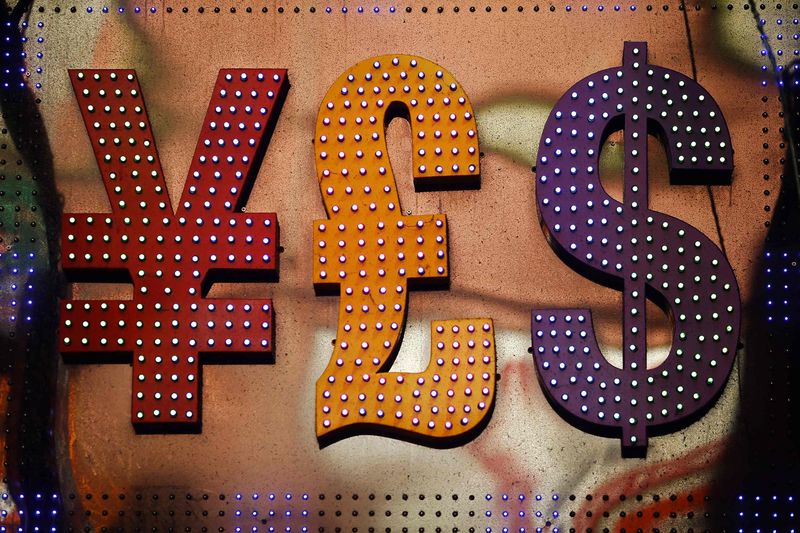By Wayne Cole
SYDNEY, Jan 7 (Reuters) - The Australian and New Zealand dollars were in the ascent on Thursday as investors wagered Democratic control of the U.S. Senate would stoke debt-funded stimulus spending, global economic growth and higher commodity prices.
Risk sentiment was temporarily dampened by images of President Trump's supporters storming Capitol Hill, only to give way to relief as order was restored. Aussie was up 1.3% for the week so far at $0.7795 AUD=D3 , having reached $0.7819 to just pip a top from April 2018.
The next targets are more 2018 peaks at $0.7916 and $0.7988, followed by $0.8136 which had been the highest since mid-2015.
The kiwi dollar stood at $0.7285 NZD=D3 , just off a fresh peak of $0.7314. That was again a level not seen since April 2018 and bulls are now eyeing more highs from early 2018 at $0.7395 and $0.7437.
Australian data showed a narrowing in the country's trade surplus to A$5 billion ($3.90 billion) in November, but mainly because imports jumped 10% in a reflection of the relative resilience of domestic demand. figures showed the housing market recovering apace with approvals to build new homes up for a third straight month in November, while approvals for houses alone were the highest since 1999.
"The run of encouraging economic reports continues, with approvals boosting activity for tradespeople and building material suppliers," said Craig James, chief economist at CommSec.
"The ongoing trade surpluses support recent gains in the value of the Aussie dollar."
In the bond market, prices were pressured by a selloff in U.S. Treasuries amid wagers that more stimulus spending would lead to more borrowing and higher inflation over time.
Australian 10-year bond yields AU10YT=RR were pushed up to 1.05% to match that on comparable U.S. debt, leaving them 7 basis points higher for the week so far.
Yields on three-year paper AU3YT=RR remained pinned near the Reserve Bank of Australia's (RBA) target of 0.10%, so that the spread to 10-year yields widened to 94 basis points.
Barring a one-off spike from March last year, that was the steepest the yield curve has been since July 2015. ($1 = 1.2829 Australian dollars)
